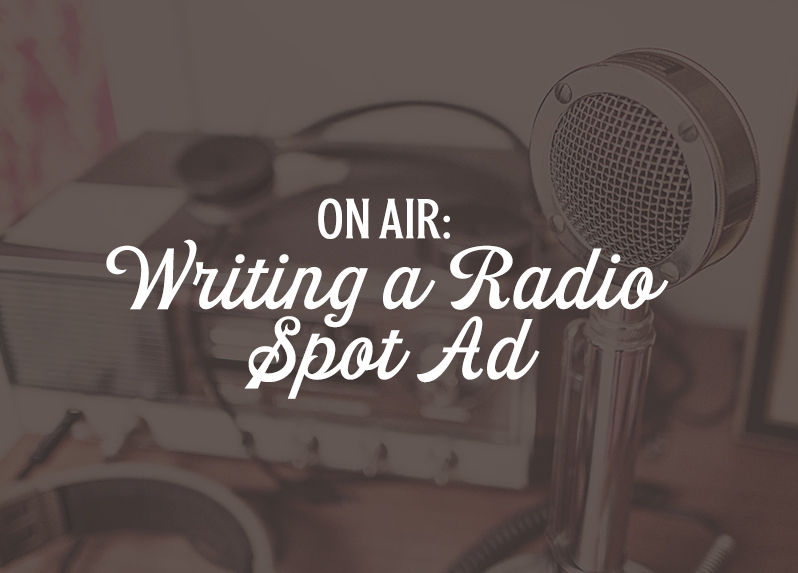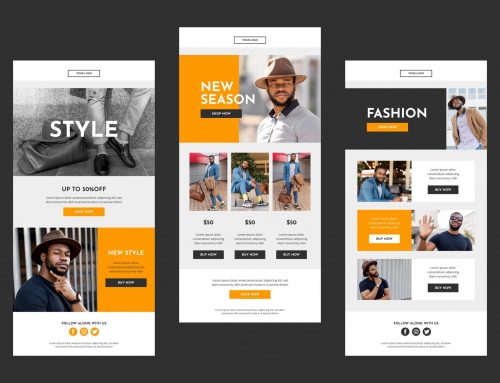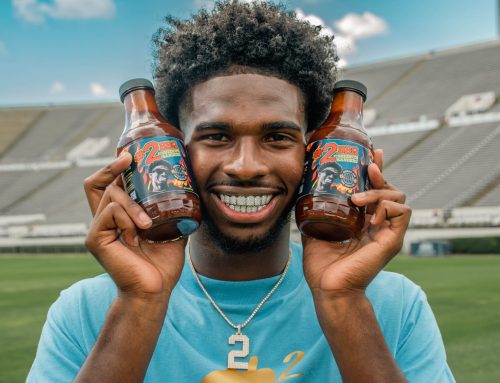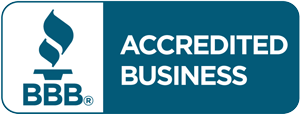ON AIR: WRITING A RADIO SPOT AD
So, your client just asked you to help them with an ad. But, here’s the catch… you cannot use visuals, and you have less than a minute to get the message across to your audience through spoken voice (and sound effects). Radio spots require talented copywriting skills, attention to detail, and careful planning in order to create a memorable commercial. Here are some tips on what to consider when working on a radio commercial.
Identify Your Call to Action
The most important pieces of your commercial are going to be what the brand or product is, and what the call-to-action is going to be. When brainstorming ideas for the content/flow of your ad, start with the call-to-action and build your script around that. Remember, a radio ad is almost like you’re having a one-on-one conversation with the listener – don’t be afraid to tell them what to do!
Know Your Audience
As with any other form of advertising, it’s important to know your audience. With radio spots, you will actually need to consider two audiences. One is the audience of the brand/product you’re advertising. The other is the general audience of the radio station the commercial is going to be placed on. When writing the copy for your commercial, you’ll need to appeal to both audiences (though often times these will have a lot of overlap).
Understanding your audience’s demographics and psychographics will help when coming up with a strategy for your radio spot storyline or script.
Demographics:
- Age
- Gender
- Race/Ethnicity
- Location
- Education Level
- Income Level
- Occupation
- Religion
- Marital Status
Psychographics:
- Lifestyle
- Activities and Interests
- Values
- Attitudes
- Social Class
- Personality
Practice Your Timing
All radio spots have time limits, sometimes as short as 15 seconds. It’s super important that as you come up with your script, you make sure to practice it. Keep it concise and make sure you can comfortably read your script without rushing through it or running out of time halfway through. This is truly where a copywriter’s touch can shine through. Copywriters can come up with the right way to say something, and at various lengths, depending on the time limits for your commercial.
Keep Background Sounds in Mind
Because radio spots cannot have visuals to help convey a message, sound becomes extremely important. It’s so important when writing a script to include sounds, voice styles, or inflections. These are the details that can help set a scene or feeling for your audience.
For instance, if you’re writing an ad for a sports game ticket giveaway, consider having a subtle background noise of a crowd cheering. Or, have the speaker blow a referee whistle at the beginning to grab your audience’s attention. Let your audience use their imagination to build the scene you’re trying to create with sounds and voice tones.
Even if your radio spot needs to have a more serious tone, you can elicit a feeling of security or hope with soft instrumental music.
Different Radio Spot Approaches to Take
As with any advertising, the possibilities are endless in terms of approaches to take to persuade your audience to act on your call to action. However, it is important to strategize in order to make sure you’re taking the right approach to resonate with your audience. Here are some examples of different styles of radio advertising.
Announcer Read Radio Spot
This style of radio spot is read by one single announcer. These are typically utilized when the product or service is more complicated or serious. For instance, companies in the health, insurance, or banking industries often take this approach to ensure their more complex message can easily and clearly be understood.
Conversational / Situational Radio Spot
This approach utilizes more of a slice-of-life style script. There may be two (or more) people holding a conversation, that are talking through a situation they’re dealing with in their everyday life. Generally speaking, this approach is used for simpler messages. For instance, restaurant specials or savings at a store in a mall use this style of radio commercial. Going to a restaurant or going to the mall are normal situations most people understand and can envision. It also gives the audience a more casual feel – the spot is conversational afterall!
Jingle Radio Spot
Does the brand you’re writing for have an existing jingle or tune? Or are they interested in you writing a new one? Jingle style radio commercials usually start and/or end with a tune, and feature an announcer read towards the middle of the spot. Writing a jingle from scratch can be very time consuming, but can be extremely rewarding if done properly. Just like a song by a band, a catchy jingle can get stuck in your head just as easily! This is great for brand recognition and retention.
Live Radio Spot
This style of radio commercial is typically spoken by the DJ who works at the radio station. On live air, the DJ will usually improv or ad-lib for the duration of the spot. Depending on where they are broadcasting from, they may not have a script in front of them. So, if your client is asking you to work on a radio spot that is going to be aired live, it’s important to at least give your client/the DJ/speaker speaking points and key words to use in the commercial. This style of radio spot can actually be the best way to go. The speaker will not be reading off a pre-planned script, which may come across more natural. This style is almost like having a celebrity endorsement, but without visuals! If the radio audience already connects with a specific DJ on the station, they may be more inclined to try your product or service if that DJ recommends it.
Radio spots are much more than meets the eye (or ear) and are much more than just a simple script. Timing, background noises, voice tones, and styles of persuasive approaches are all major factors in creating a commercial that will speak to your audience and create a lasting, memorable impression.
Thinking of taking your brand onto the radio, or podcast? Contact us at ocreations today. Let’s get your brand on air, let’s get creative.







